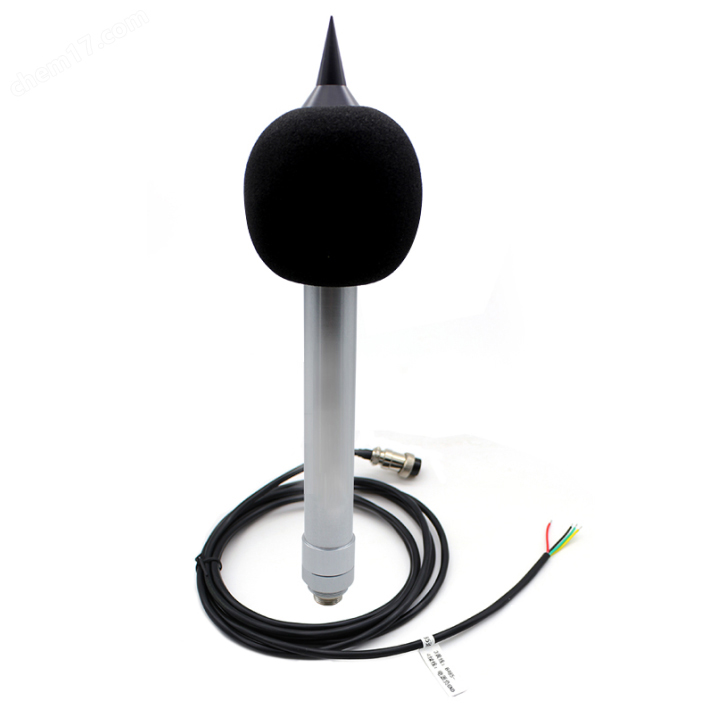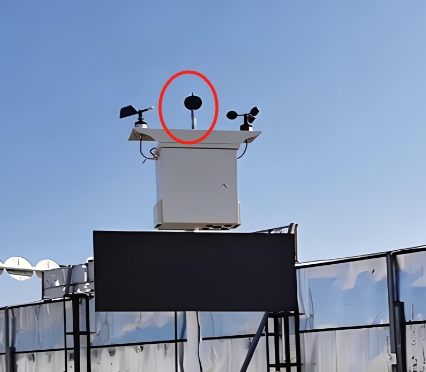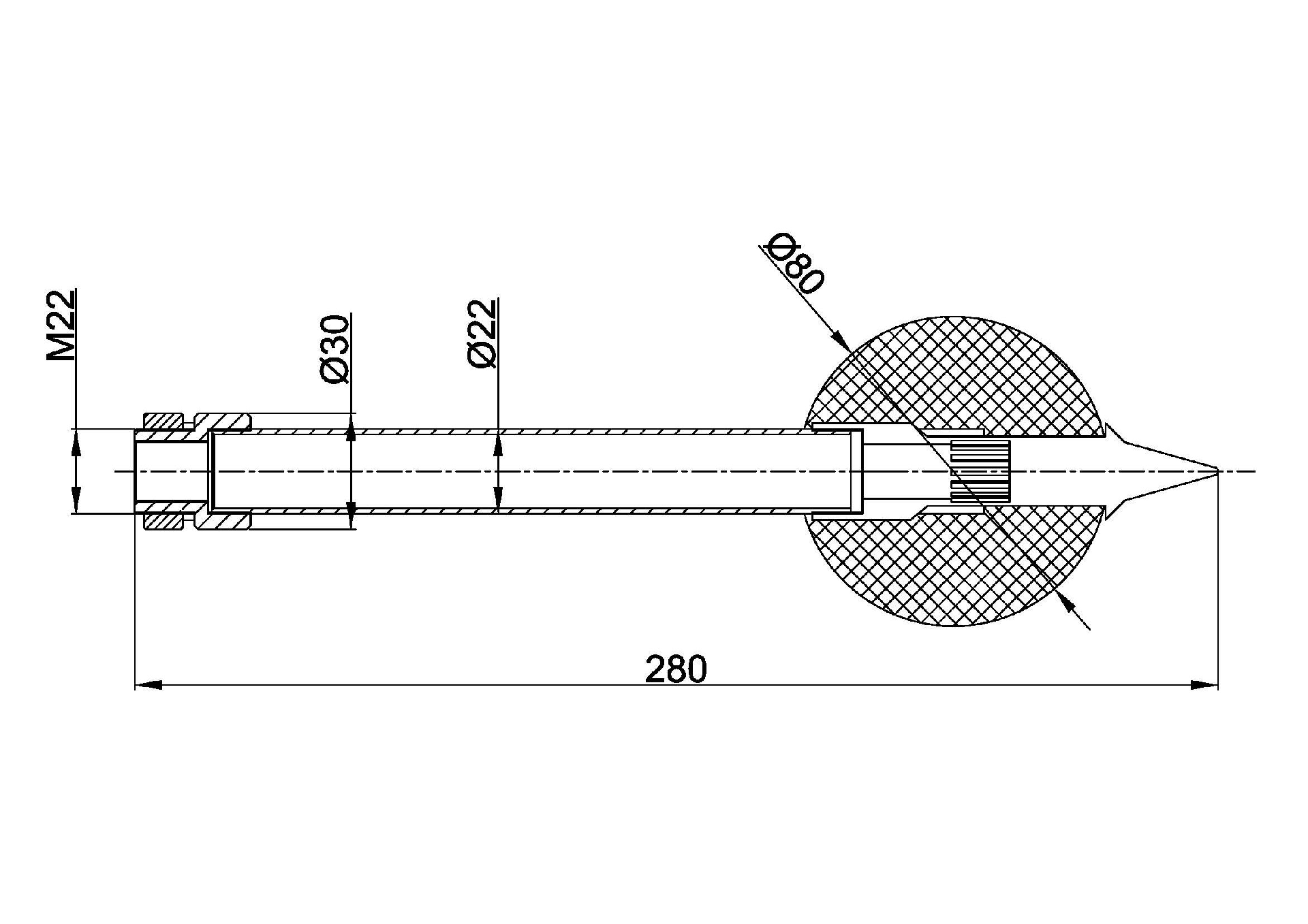

— Products —
 Consumer hotline +8618073152920
Consumer hotline +8618073152920 WhatsApp:+8615367865107
Address:Room 102, District D, Houhu Industrial Park, Yuelu District, Changsha City, Hunan Province, China
All products
Noise detection sensor is a kind of electronic equipment that can detect noise signals and convert them into measurable electrical signals, and it is a kind of equipment used for monitoring and assessing the level of environmental noise. It has a wide range of applications in the field of environmental noise monitoring, industrial production environmental noise control and so on. These sensors can help us to understand the situation of noise pollution, so as to take correspon···
Tel/WhatsApp:+8615367865107
Email:Arvin@niubol.com +Nearly 100 partner company in more than 68 countries. We are committed to providing high-quality, practical products to meet your needs and help you solve problems.Product Details
Noise detection sensor is a kind of electronic equipment that can detect noise signals and convert them into measurable electrical signals, and it is a kind of equipment used for monitoring and assessing the level of environmental noise. It has a wide range of applications in the field of environmental noise monitoring, industrial production environmental noise control and so on. These sensors can help us understand the situation of noise pollution, so as to take appropriate measures to control and manage, in order to protect people's hearing and health. The following is a detailed analysis of the noise detection sensor:
Noise sensor technical parameters:
| Measuring range: Range: | 30~130dB. |
| Output: | 4-20mA/ RS485 |
| Accuracy (23 ± 5 ℃): | Frequency weighting in accordance with IEC 61672 type 2 standard, in the input signal for 94dB (31.5Hz - 8kHz) conditions for calibration. |
| Frequency range: | 31.5Hz to 8kHz. |
Time Response: | Fast response: T = 200ms. |
| Calibrator: | B&K (Bruel & kjaer), Multifunction Sound Calibrator, type 4226. |
| Microphone: | Condenser microphone. |
| Microphone size: | 0.5 inches. |
| Range Selection: | 30~130dB |
| Power Supply: | DC 12V |
| Power Loss: | DC 12V: ≈ 20mW |
| Package: | ABS plastic |
| Operating temperature: | -15-50°C (5-122°F). |
| Operating humidity: | <80% relative humidity. |
| IP Rating: | IP65 |
First, the working principle of the noise detection sensor
The working principle of the noise detection sensor is mainly based on capacitance change.
Capacitance change: another common principle is to use capacitance change to detect noise signals. When the sound wave enters the sensor, the vibration will make the capacitance of the capacitor inside the sensor change, and this change will be converted into an electrical signal output. Sensors based on this principle usually have high accuracy and are capable of detecting both low and high frequency noise.
The operating principle of a noise detection sensor usually involves the reception and conversion of sound waves. Specifically, its workflow is roughly as follows:
1. Acoustic reception: The sensor receives sound waves from the environment through its built-in microphone or other sound capturing device.
2. Acoustic Pressure Conversion: The received sound waves are converted into an electrical signal, a step that usually involves the piezoelectric effect, where the vibration of the sound waves is converted into an electrical charge, which in turn is converted into an electrical signal.
3. Signal processing: The electrical signal is then fed into the sensor's built-in circuitry for processing to remove any possible interference or noise and extract useful information.
4. Data output: The processed data is usually output in digital form and can be displayed on the display on the sensor or transmitted to other devices by wireless or wired means.

Second, the noise detection sensor product features
Noise detection sensor has high sensitivity, fast response speed, good linearity, thermal stability and other characteristics. In addition, it can also achieve online real-time monitoring, automatic alarm and data storage and other functions, and can be interfaced with a variety of data acquisition and analysis platform to meet the needs of different application scenarios.
- Real-time monitoring: It can monitor the noise level in real time and provide instant feedback.
- Data recording and analysis: usually able to record noise data for subsequent analysis and reporting.
- Sensitivity and Accuracy: Capable of accurately measuring sound across a range of frequencies and intensities.
- Durability and environmental adaptability: Designed to withstand a variety of environmental conditions, including harsh weather and high temperature environments.

Third, the noise detection sensor application areas
Noise detection sensors have a wide range of application areas, including but not limited to the following:
Industrial: used to detect the noise level of machines and equipment in factories to ensure the safety and health of workers.
Construction: for detecting noise levels inside and outside buildings to assess the impact of the building on the surrounding environment and to determine whether measures are needed to reduce noise levels.
Environment: Used to monitor the impact of various noise sources on the environment, such as urban, residential and industrial, in order to formulate appropriate protection strategies.
Traffic management: for monitoring noise generated by road traffic to help improve traffic planning and management strategies.

Fourth, the choice of recommendations
When selecting a noise detection sensor, the decision should be based on the requirements of the specific application and the characteristics of the noise signal. The following are some selection suggestions:
Determine the frequency range of the noise to be measured in order to select a suitable sensor.
Consider the sensitivity and accuracy requirements of the sensor to meet the measurement needs.
Assess the stability and reliability of the transducer to ensure long term results.
Consider the sensor's interface and compatibility for integration with existing data acquisition and analysis platforms.
In conclusion, noise detection sensors can be used in a number of applications, including urban planning, industrial production, healthcare, transport and residential environments. Through the use of these sensors, we can better control noise pollution, improve the quality of life, protect the environment and improve work efficiency all play an important role.
Sensors & Weather Stations Catalog
Agriculture Sensors and Weather Stations Catalog-NiuBoL.pdf
Weather Stations Catalog-NiuBoL.pdf
Related recommendations
 Multi-Depth Soil Sensor RS485
Multi-Depth Soil Sensor RS485 TDR Soil Moisture Sensor
TDR Soil Moisture Sensor Pyranometer Solar Radiation Sensors
Pyranometer Solar Radiation Sensors Soil ph sensor
Soil ph sensor Tipping Bucket Rain Gauge
Tipping Bucket Rain Gauge Air Temperature and Humidity Sensor
Air Temperature and Humidity Sensor
Screenshot, WhatsApp to identify the QR code
WhatsApp number:+8615367865107
(Click on WhatsApp to copy and add friends)
